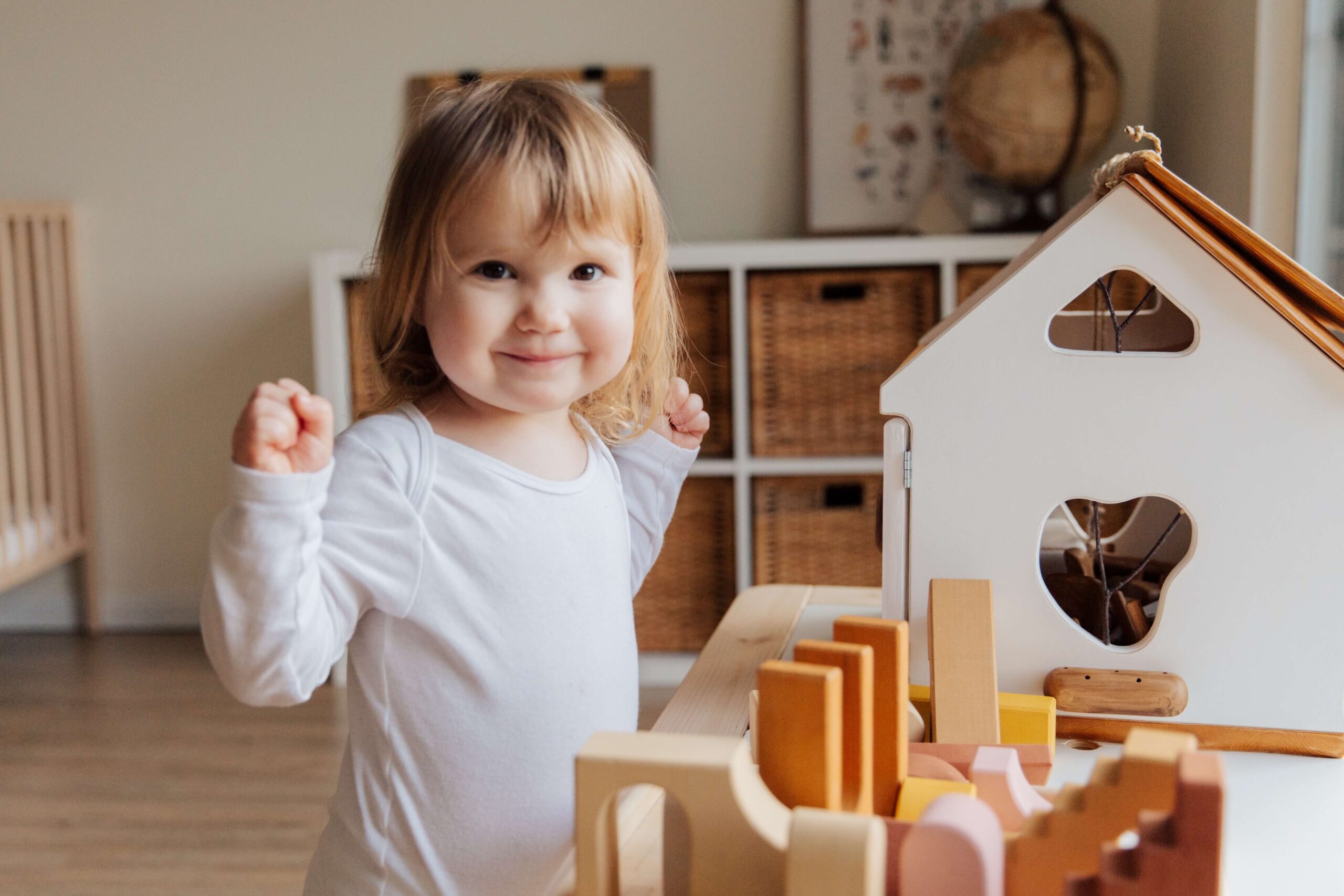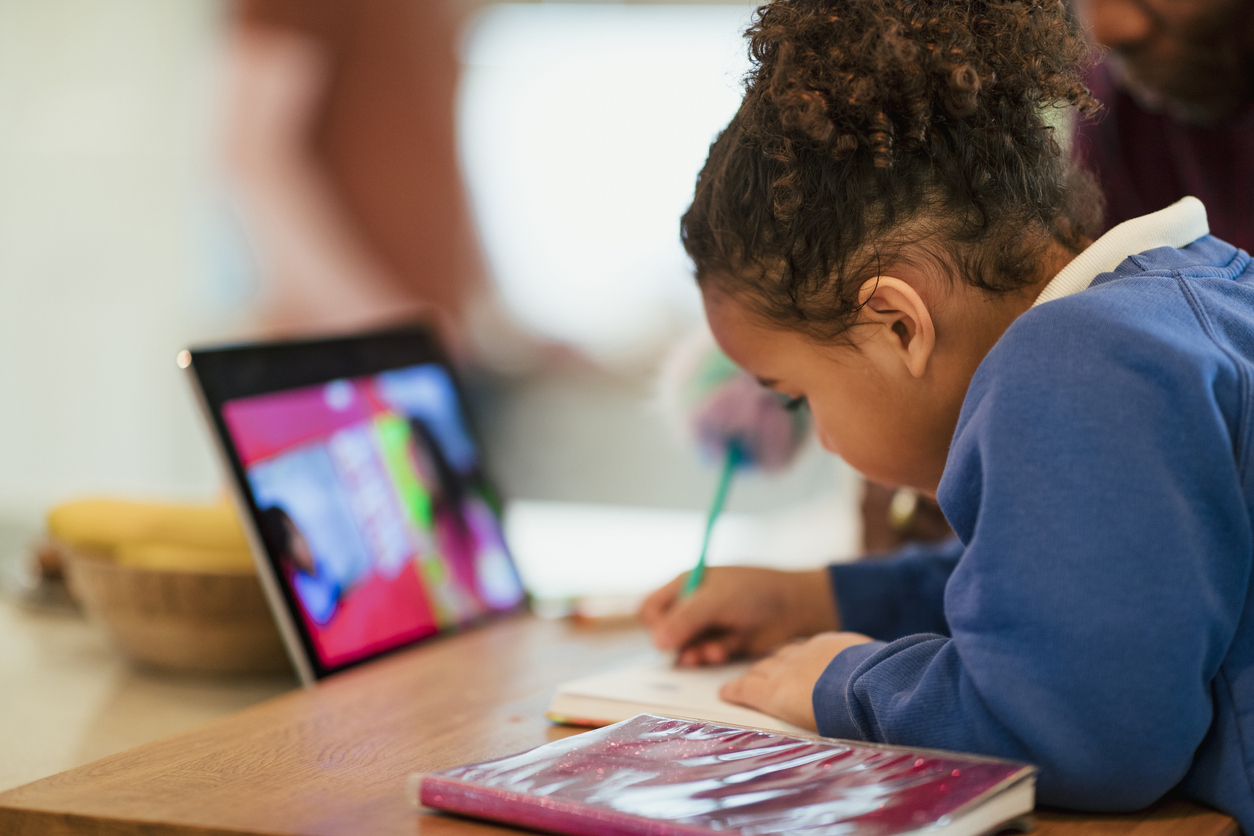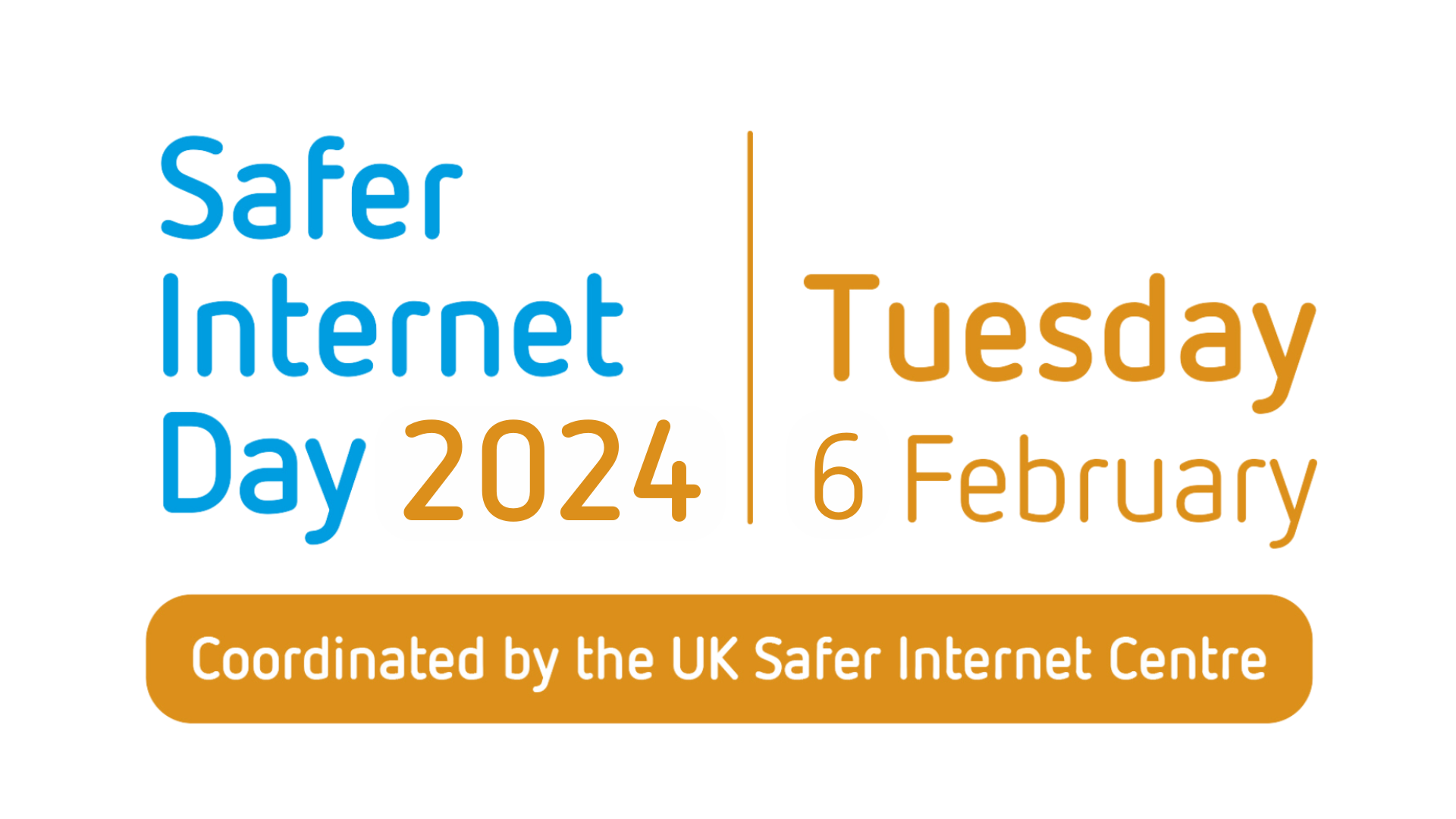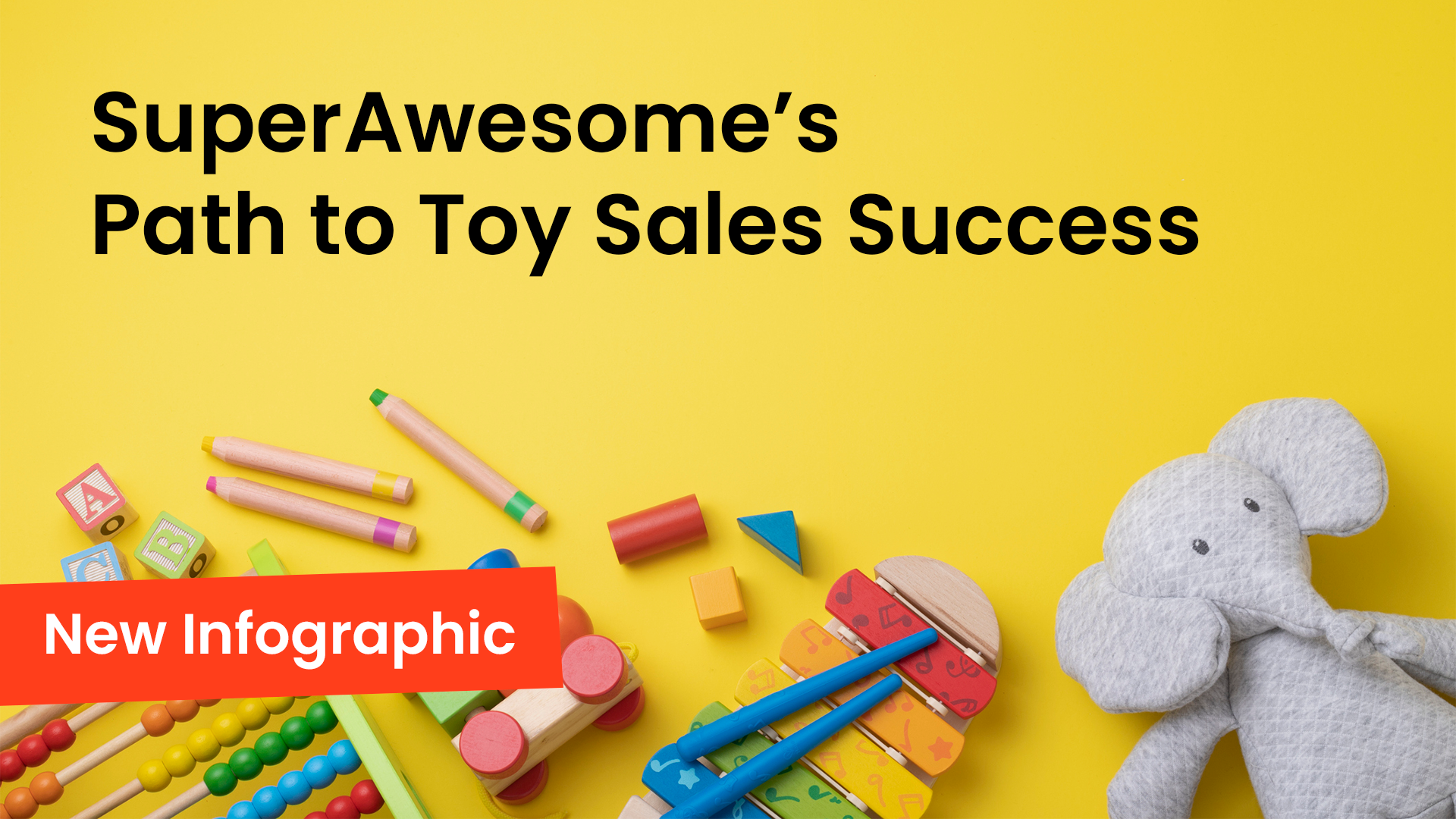Kids’ and families’ digital behaviors have changed in the aftermath of an unprecedented year. In today’s screen-dominated world, 57% of 7-9 year olds prefer gaming to watching any kind of TV. And digital channels are more than just popular entertainment sources — they have also become trusted discovery platforms for new products.
Our report, The essential kids digital marketing guide for toy companies, took a deeper look at these shifts. But how are brands applying these findings? We sat down with leaders from popular toy companies to discuss our research in more detail and to hear how they are navigating the kids digital landscape in 2021. Here’s what they told us.
A kids digital strategy is a must in 2021
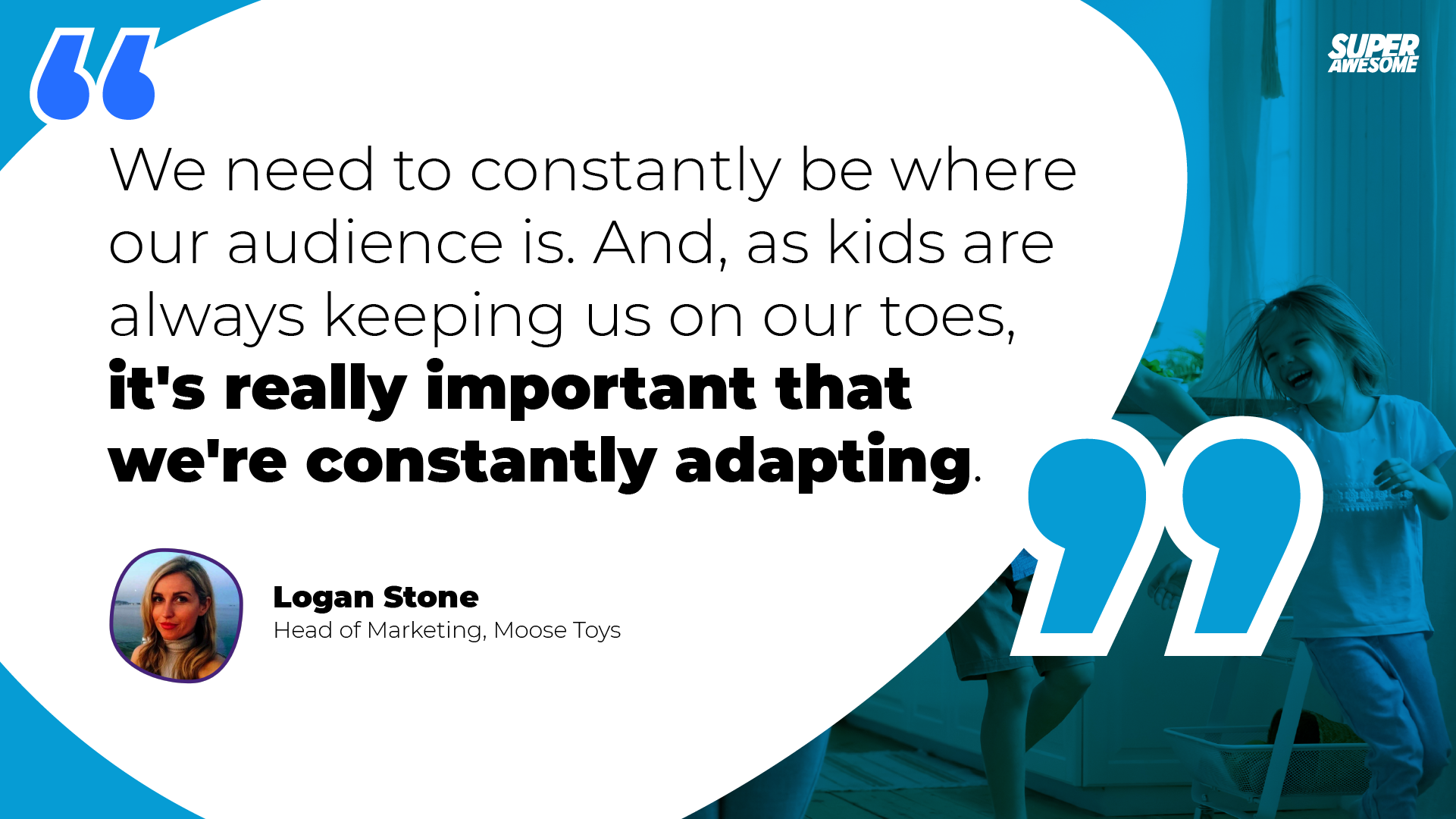
At the start of lockdown in 2020, kids’ screen time increased by more than 50%, as social activities, entertainment, and learning all transitioned into digital environments. From streaming video platforms like YouTube and TikTok to gaming environments, brands that want to reach young audiences must look beyond linear television and shift to a digital experience.
This is especially important because context is everything for kids when it comes to discovering and getting excited about new toys and games. Among kids ages 4-9, YouTube has surpassed television as the most impactful platform for product discovery.
“One of the interesting points in the [report] data — the fact that children associate seeing [content] on their preferred platform as a sort of seal of approval — is really important for us to continue to listen and react accordingly,” says Logan Stone, Head of Marketing at Moose Toys, the award-winning toy company behind brands like Mighty Beanz and Shopkins.
All brands (not just gaming companies) must understand gaming trends
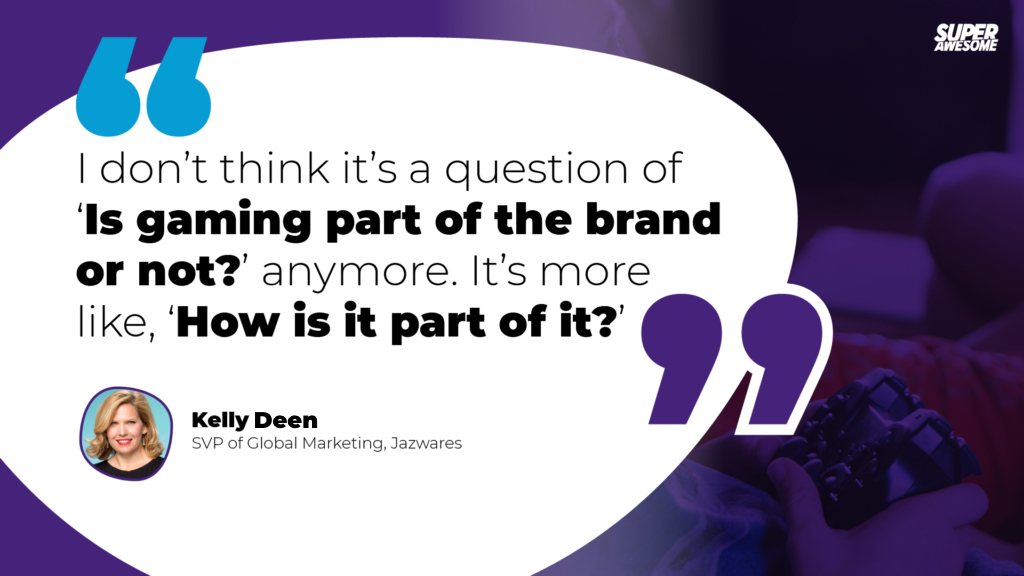
Gaming, in particular, has exploded in popularity among young audiences; 115 million kids and teens play an average of 20 games on Roblox per month. This surge indicates that kids prefer more active ways to engage with content. Brands must consider how this need for engagement can be applied to everything from the products they develop to the methods they use to reach kids.
Kelly Deen is SVP of Global Marketing at Jazwares, a global toy company whose portfolio includes a variety of brands like Cabbage Patch Kids®, Roblox, and Peppa Pig. “I don’t think it’s a question of ‘Is gaming part of the brand or not?’ anymore,” says Kelly. “It’s more like, ‘How is it part of it?’ — whether that’s through an influencer relationship or a game that you develop on your own or a way that you get involved in existing gaming culture.”
Digital and physical can work together to make a greater impact
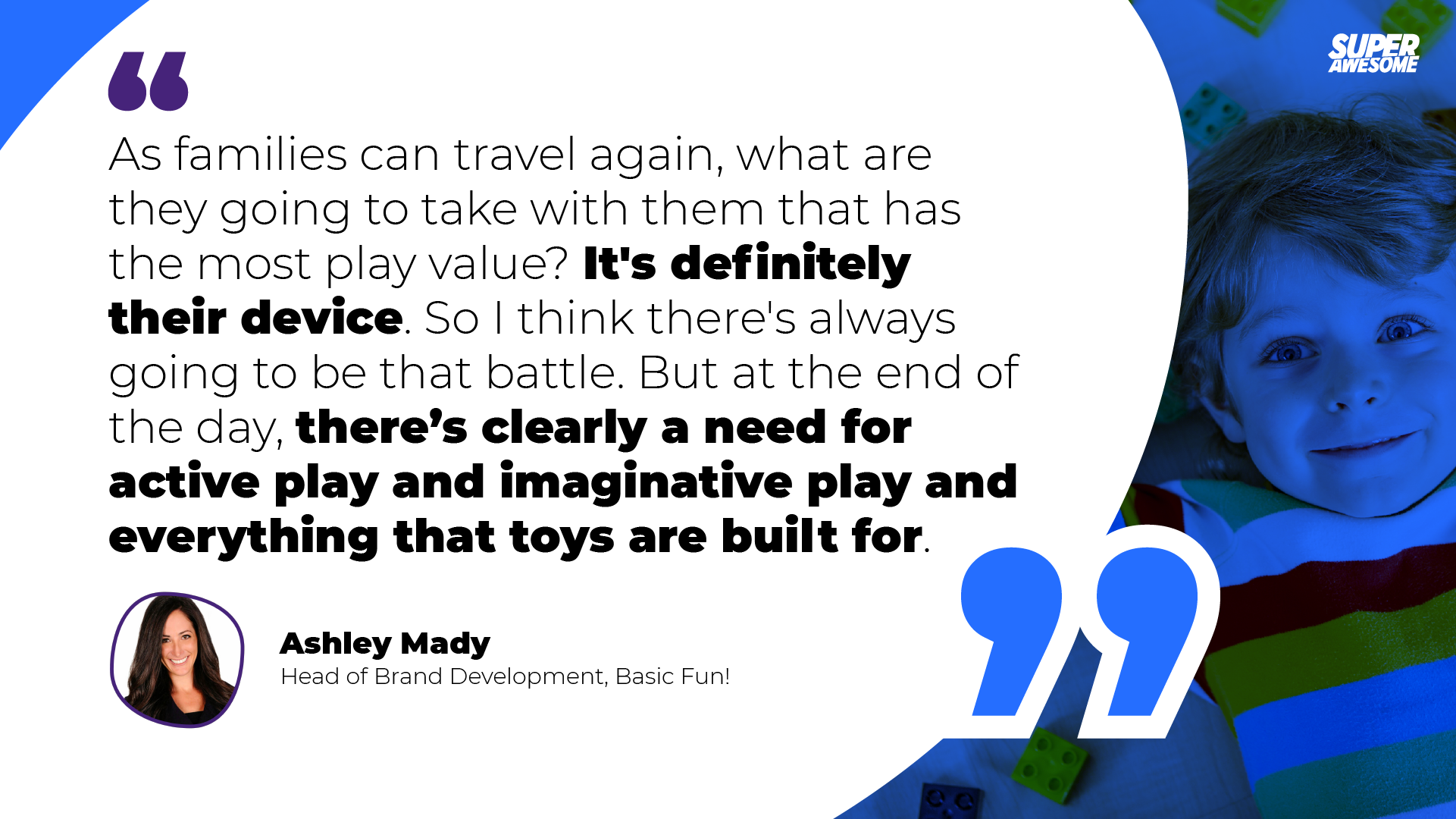
With device usage on the rise this year (often out of necessity due to Covid-19 restrictions) kids are increasingly self-policing their own screen time in a way they’ve never done before. The majority of parents told us that their children currently get bored or fed up of screen time, which has created new opportunities for physical toys.
However, it is impossible to know what the new normal will look like in a post-coronavirus landscape. Digital dominance is likely here to stay, and savvy brands will find creative ways to straddle both worlds.
“There are a lot of brands where it makes natural sense for it to turn into a game, or for a toy to be born from the game, or to use that online game as a marketing platform,” says Ashley Mady, Head of Brand Development at Basic Fun!, a leading toy company responsible for product lines including Fisher-Price Classics®, K’nex, and more. “There’s the fight between digital connected play. Should all play be in the physical? And then how do you share that experience online…to engage children and get them to participate in something bigger?”
For Moose Toys, a thoughtful digital strategy has helped children connect with physical products in the absence of in-person experiences. “Particularly in Europe, where we’ve had lockdown after lockdown…we’ve had to adapt and be agile,” shares Logan. “Through our content, we were able to continue to connect with children and keep them enthused and entertained about the new characters that we were introducing, even though they weren’t seeing the dolls in a physical store.”
Above all, with many new platforms for brands to leverage, an authentic digital approach that prioritizes kids’ safety and wellbeing is key.
“I try to get into the kid’s mindset,” says Kelly. “She’s sitting on the couch playing Roblox, while she’s streaming episodes of Riverdale, while she’s making a TikTok, with a sibling who’s playing Among Us on the other side. There’s just this bombardment of concepts…so we have to think about how our brand fits into that space and in that realm, and do it in a natural manner that doesn’t feel forced.”
Are you interested in more insights like these?
Brands must choose the right platforms and content to spark excitement with young audiences. Tune in to our free webinar to learn how toy companies are approaching their kid-safe digital strategy in 2021.

